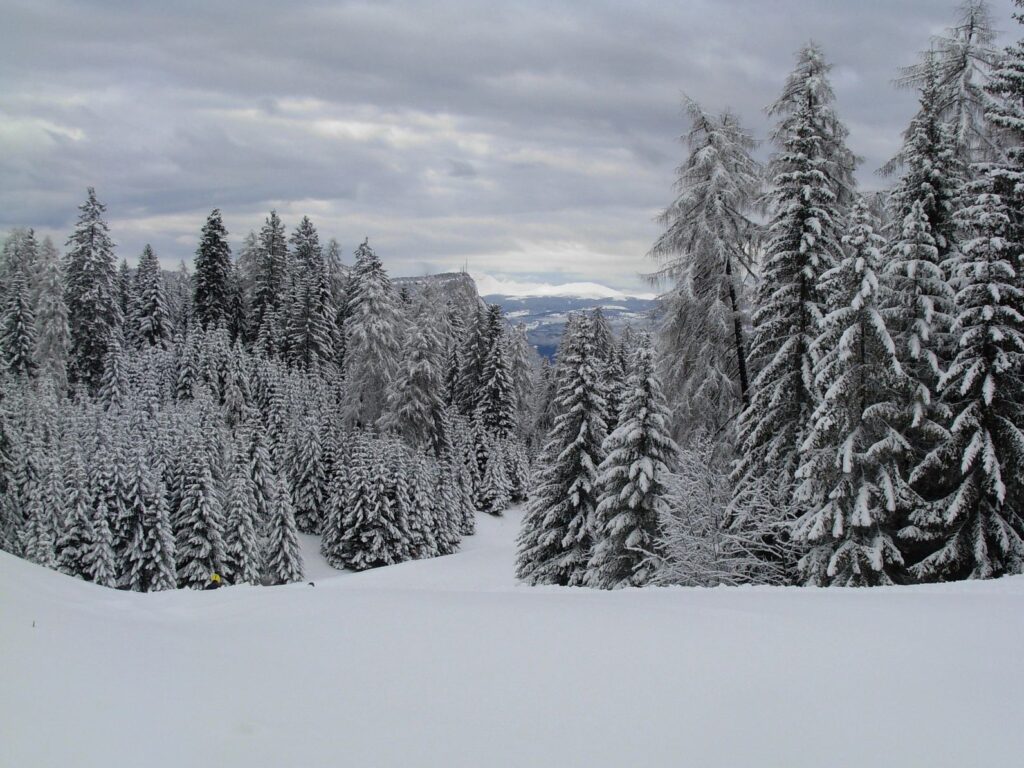Winter is more than just a season of chilly days and snow—it’s a time to cultivate resilience, warmth, and creativity in the classroom. Whether you’re embracing the wonder of a snowy day or tackling the challenges of keeping students motivated, winter offers countless opportunities for meaningful learning and connection. Here’s a deeper dive into ways to make winter a season of success for you and your students.
1. Seasonal Learning Themes
Winter is a treasure trove of inspiration for creative and interdisciplinary learning:
Science in Winter
- Study hibernation, migration, and how animals adapt to cold climates.
- Conduct experiments with ice, salt, and temperature to explore the science of freezing and melting.
- Examine snowflakes under a magnifying glass or use paper crafting to learn about symmetry.
History and Culture
- Explore how different cultures celebrate winter holidays or survive harsh winters.
- Teach students about historic expeditions in icy terrains, such as Shackleton’s Antarctic journey.
- Research how ancient civilizations adapted to cold climates through architecture and technology.
Literacy Connections
- Read winter-themed classics like The Snowy Day by Ezra Jack Keats or poems about the season.
- Encourage students to write descriptive narratives about a magical winter day or pen persuasive essays on their favorite winter activities.
Math in the Cold
- Use winter-themed story problems (e.g., calculating the number of snowflakes falling in a storm).
- Graph temperature changes over time to integrate math and science.
- Practice fractions with recipes for winter treats like hot chocolate or gingerbread.

2. Boosting Engagement During Short, Cold Days
Keep It Active
- Plan indoor movement activities like quick relay races or yoga to get students energized during cold mornings.
- Use “snowball fights” with crumpled paper for quizzes or review sessions.
Celebrate Successes
- Acknowledge milestones reached in the first semester with a class party or awards ceremony.
- Set up a “Success Wall” to display student achievements, big or small, from this year.
Creative Warm-Ups
Start each day with fun, winter-themed challenges:
- Brain teasers involving snowmen, icicles, or sledding.
- A drawing prompt to design a new winter sport or a cozy winter home.
3. Winter Wellness for Students and Teachers
Winter often brings tiredness or even a touch of seasonal blues. Combat these challenges with strategies that promote wellness:
For Students
- Introduce mindfulness activities, such as guided imagery of a cozy winter scene or deep breathing exercises.
- Offer brain breaks that include stretching, calming music, or quick games.
- Check in regularly with students, especially those who might struggle during this time of year, and provide encouragement.
For Teachers
- Brighten your desk with cheerful touches like fairy lights, a plant, or a seasonal decoration.
- Treat yourself to warm beverages or small comforts during planning periods.
- Build in moments to reflect and appreciate your hard work—journaling about positive classroom moments can be uplifting.

4. Building Community Through Winter Projects
Acts of Kindness
- Start a “Winter Kindness Calendar” where students complete daily acts of kindness, like helping a peer or writing a thank-you note.
- Organize a class service project, such as collecting warm clothing for donation or creating care packages for the community.
Collaborative Art
- Create a large class mural of a winter landscape where each student contributes a piece.
- Have students craft snowflakes or ornaments that represent their goals for the year.
Class Celebrations
- Host a winter-themed reading day with blankets, pillows, and hot chocolate.
- Plan a fun event like a “Snow Day Indoors,” featuring games, activities, and themed snacks.
5. Preparing for Spring Renewal
Use the slower pace of winter to reflect and set the stage for a strong finish to the school year:
Reflect on Growth
- Conduct mid-year assessments and celebrate progress while identifying areas for improvement.
- Engage students in a goal-setting activity where they reflect on their growth and set personal targets for the spring.
Plan Ahead
- Start brainstorming spring projects, field trips, or events to get students excited about what’s to come.
- Reorganize and refresh classroom materials, preparing for new lessons and units.

6. Infusing Joy and Wonder into Winter Days
Winter is filled with small wonders—celebrate them to keep spirits high:
- Snow Explorations: If you have access to snow, bring it into your lessons—measure it, melt it, or use it for art.
- Winter Around the World: Learn how winter is experienced globally, from polar regions to tropical areas.
- Daily Joys: Start or end the day with a moment of gratitude or a fun winter fact to share with the class.
Conclusion
Winter is a season of contrasts—stillness and energy, darkness and light, challenge and growth. By leaning into the opportunities this season provides, you can create a warm, welcoming classroom that supports your students’ learning and well-being. Embrace the coziness, curiosity, and connections that make winter such a special time.
Stay inspired, stay warm, and know that the work you do each day truly matters.


